Redefine, Redesign purposes itself with creating a medium capable of promoting the dissemination of information to newly homeless individuals, all the while unifying the general community with that of the homeless.
OVERVIEW:
The resulting product of our project is "the Storyboard": an information station for the homeless community, containing cards of information within compartments along the main body, as well as "at a glance" information on its front panel.
The Storyboard is designed to respond to the problem of poor communication and dissemination of information in regard to resources for the newly homeless while also creating a connection between the homeless and non-homeless communities that interact with the product.
The problem statement that my team and I set out to respond was the following:
"What medium can we design to address the poor communication and circulation of information within the homeless community in regards to accessibility to adequate resources for the newly homeless? In what manner can we foster a safe environment for them so that they can have peace of mind and feel more inclined to ask for help when they need it?"
I was team lead for the duration of the project, and spent a majority of my time organizing our project as a PM, as well as doing all of the CAD modeling & most of the prototyping for our high resolution prototype.
Note: The Storyboard was developed as a project in the third studio of the DIS studio series. The premise of the project was a semester long assignment where we were tasked with creating a product that would "integrate and balance safety, community, and connection".
THE PROCESS:
Background Research & Ethnography
Given the prompt of working with community and connection, my team quickly honed in on the homeless community as one we wanted to design for. As such, we did extensive research on a national level pertaining to the metrics that define homelessness, and corroborated that research with ethnography we conducted in downtown Troy, NY. The photo here shows a Troy PD officer eating with a homeless individual in town.
Problem Definition
Noticing how the research we did on a national level directly reflected what was seen in Troy, we were able to set a problem for ourselves:
"What medium can we design to address the poor communication and circulation of information within the homeless community in regards to accessibility to adequate resources for the newly homeless? In what manner can we foster a safe environment for them so that they can have peace of mind and feel more inclined to ask for help when they need it?"
Ideation
Having determined the problem for which we would be designing, we set a list of priorities and constraints for our product, and ideated 7 different concepts. All of the concepts were limited to the boundaries of using little to no technological components, using a small form factor, and making sure that they were water and weatherproof. Some of the product ideas are shown here.
First Iteration
After ideating, we evaluated which concept was most fitting for the project using multiple factors all laid out in a pugh matrix. it came down to two concepts, and we chose the storyboard as our solution due to its effectiveness at working with the already pre-established flows of information that existed within the homeless community.
Having made this evaluation, we moved into the prototyping phase to visualize the potential shapes for the frame of the storyboard as well as to consider what different drawer configurations could look like.
To better visualize the different frame and drawer designs before we moved to our second iteration, we created cad models and renders of the two different types of frames we’d prototyped for the storyboard. We decided on the more rounded frame due to its better visual appeal, friendlier appearance, and easier use.
Second Iteration
To better assess the four different drawer designs we had previously sketched out in our first iteration, we made a medium-resolution wood prototype. We tested three types of drawers: a hinged drawer, an open face drawer, and a spring-loaded drawer. we again used a Pugh matrix to decide on what drawer configuration we wanted to use for our product, as shown below.
Having decided to use the open faced drawers, we then began considering how we wanted to disseminate the information through a portable medium. We had extensive discussions and ethnography to determine what tool we could use. the 50/50 split in ethnography coupled with our comparative analysis led us to choosing cards as the medium over banner pens, lanyards, or wallets.
Third/Final Iteration
Having made our decisions on specifics of the design in our second iteration, we moved forward to making a high resolution, full scale, and fully functional prototype of the storyboard. we also created high resolution models of the cards, as well as the front poster, as to give a fully-working and complete model of the storyboard.
Moving Forwards
Although we have created the design within the scope of Troy, in looking to the possibilities for the future of our project and for Redefine, Redesign, we’ve considered a multitude of factors, including cost (through a cost report), and branding & marketing.
This cost analysis was especially important to us as we wanted to consider who and how we would go about deploying the Storyboard. Understanding that the design can be scalable to any environment (i.e. it can be used in any city/town around the world) was integral to this step, and we wanted to acknowledge how the solution could be used on a much grander scale than just in Troy.
The ideal future for our project would be to have Storyboards deployed around the country and around the world. Furthermore, possible expansion for the brand would be to take our findings from working with resources for homeless individuals around the world and develop more tools that they could benefit from.
